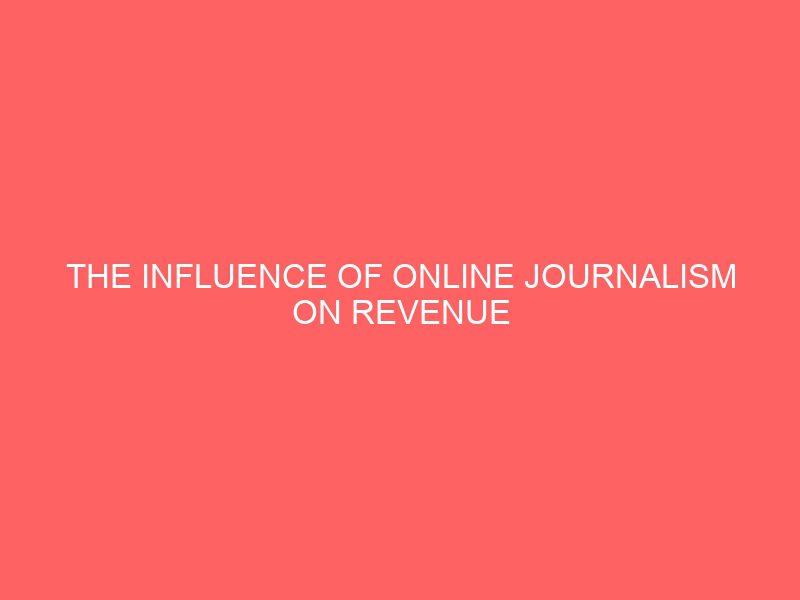Description
CHAPTER ONE INTRODUCTION 1.1 Background to the Study Experts in the nation?s media and marketing communication industries at a forum organized by the Advertising Agencies? Association of Nigeria, (AAAN), in 2010 in Lagos, raised alarm on the future of newspaper in Nigeria. Majority of the participants concluded that unless the print media braced up to the challenges posed by the new media, it might go extinct in the nearest future. This apprehension was no doubt a fall-out of the report which portrayed an alarming slide in the patronage of newspaper. According to the 2010 study carried out by the Advertisers Association of Nigeria (ADVAN) across the country, the daily sales figure of all the newspapers was less that 300,000, meaning that only one in every 470 Nigerians buy newspapers daily (Ekeng, 2010). Putting this reality in proper perspective, Popoola (2010) said that all the newspapers in Nigeria today have combined circulation figure that is far less than 500,000 copies per day when compared to 1980 when the population of Nigeria was about half of what it is today. Presently the stockpile of unsold copies of newspapers and magazines in the circulation departments of most print media organizations is a vivid sign of this challenge. Ekeng (2010), disclosed that The Punch as the number one selling national daily only circulates 34, 264 copies, The Sun was ranked third with 25, 632 unit sales. Vanguard got 25, 241, while Guardian and Thisday came 5th and 6th respectively, with 25, 222 and 21, 703 daily sales. Daily Trust, the most popular newspaper up North has 11, 672 daily unit sales. Tribune, the oldest surviving newspaper in Nigeria, was another surprise, managing only 8, 314 daily sales. The above mentioned dailies constitute what is known as the top 8 in the standing. The others combined, including Compass, Daily Independent, Leadership, National Life, New Nigerian, Mirror and Westerner, could barely rake up 1,600 daily sales. The question then should be, why the alarming slide in the patronage of newspaper? This is very important as a wrong diagnosis will invariably lead to an inappropriate treatment. Ekeng (2010) noted that circulation decline is a global phenomenon as the newspaper industry in America, Europe and even Asia are also affected







